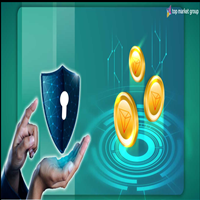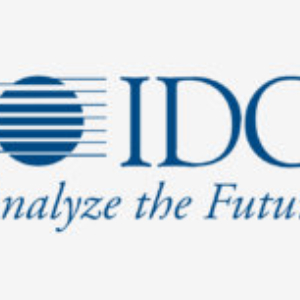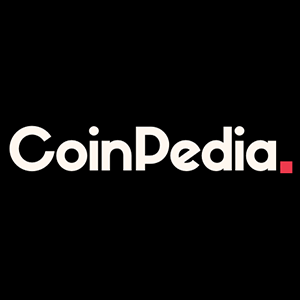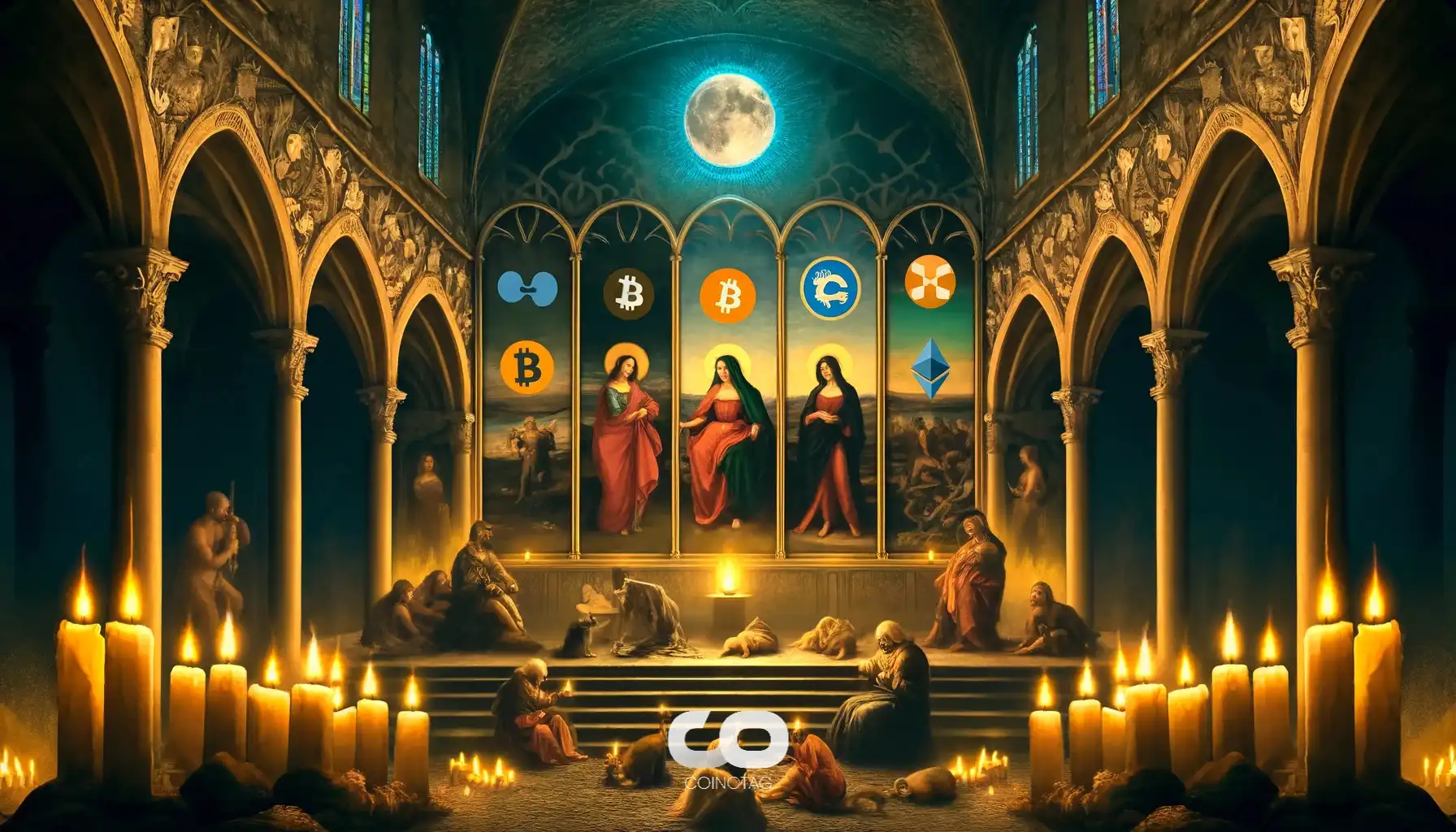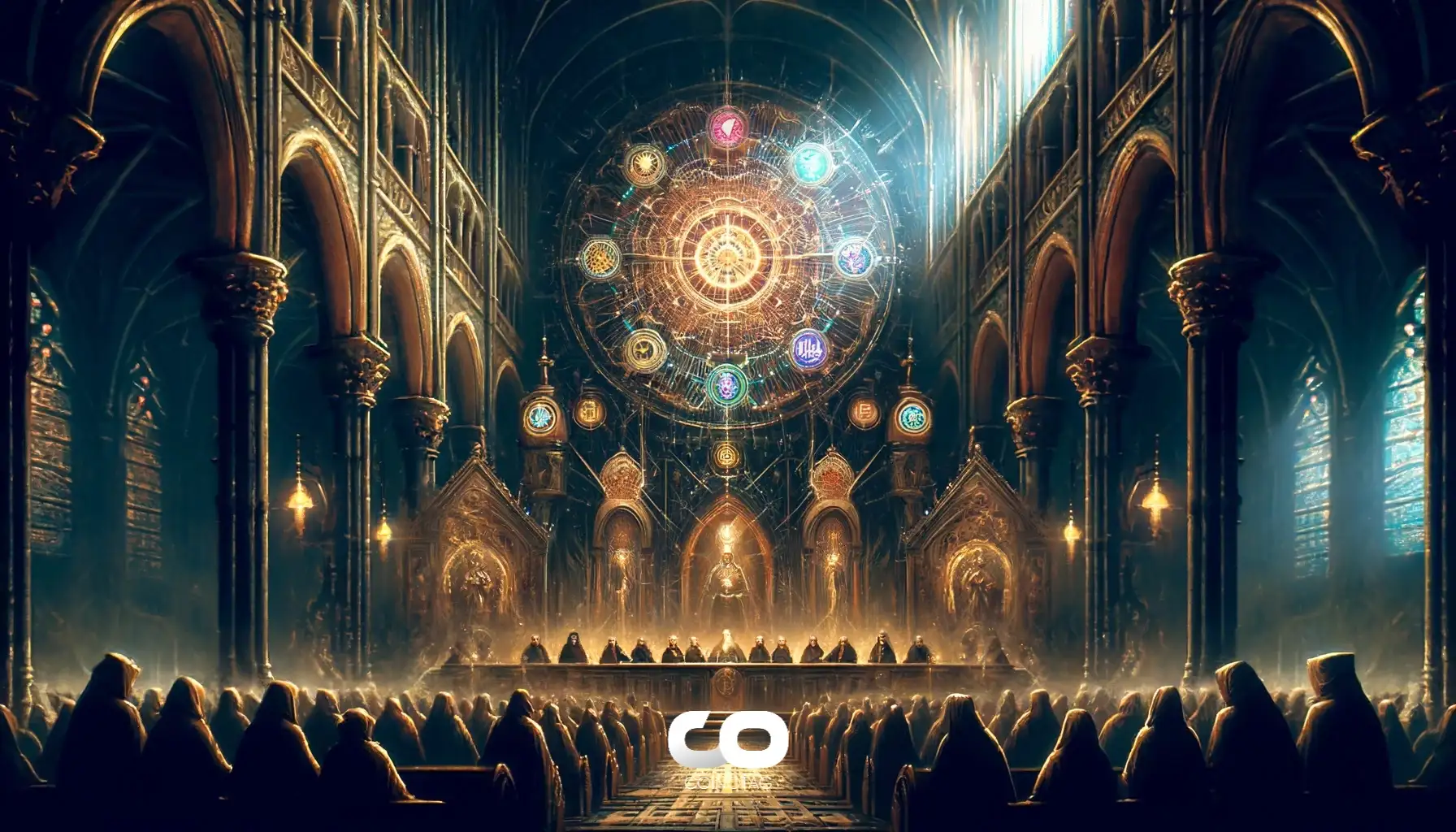In the universe of The Linux Foundation's Hyperledger, and explicitly Hyperledger Fabric, the appropriate response is basic: you've just taken in the essentials of what you have to know to be a blockchain designer! We've taken a position that Hyperledger should bolster an assortment of programming dialects, ones that designers are extremely acquainted with, for example, Java, Javascript, and Go Lang, so composing chaincode and shrewd agreements truly should be possible with things you've just learned.
We've applied that equivalent way of thinking to the VS Code expansion, which is the most well known incorporated improvement condition engineers use. I believe it's essential and it causes everyone to bring the blockchain to the designer and not have the engineer go and excessively twist or change to get to blockchain.
I believe that constancy in "this is the thing that I've learned" versus, for instance, different blockchains that utilization lesser known dialects and conditions. I would state these will in general be more blunder inclined for a designer who is curious about with such a language since bugs are bound to happen in conditions that you're less acquainted with. So we need to guarantee a heartiness of what engineers create, to use what they definitely know, and bring blockchain to them in a type of apparatuses and dialects that they've just considered.
So as I said we will probably bring blockchain to the designer. So, in case you're another engineer here's certain tips:
* Learn fundamental database innovation — it plays very well as far as understanding blockchain and particularly information structures.
* See how to make computerized resources, how to store those advantages, how to recover those benefits. That is a range of abilities that will work well for you for blockchain and past.
* Find out about disseminated processing, how a system is framed and how you convey and send information from guide A toward Point B. These aptitudes are essential abilities however they will serve you well indeed
* Recollect that each blockchain application is an application! Which means, I would state 20% of the real code you compose is blockchain explicit code, however think about what, 80% is all the code you needed to compose before as of now! Pick your preferred versatile stage and begin!

